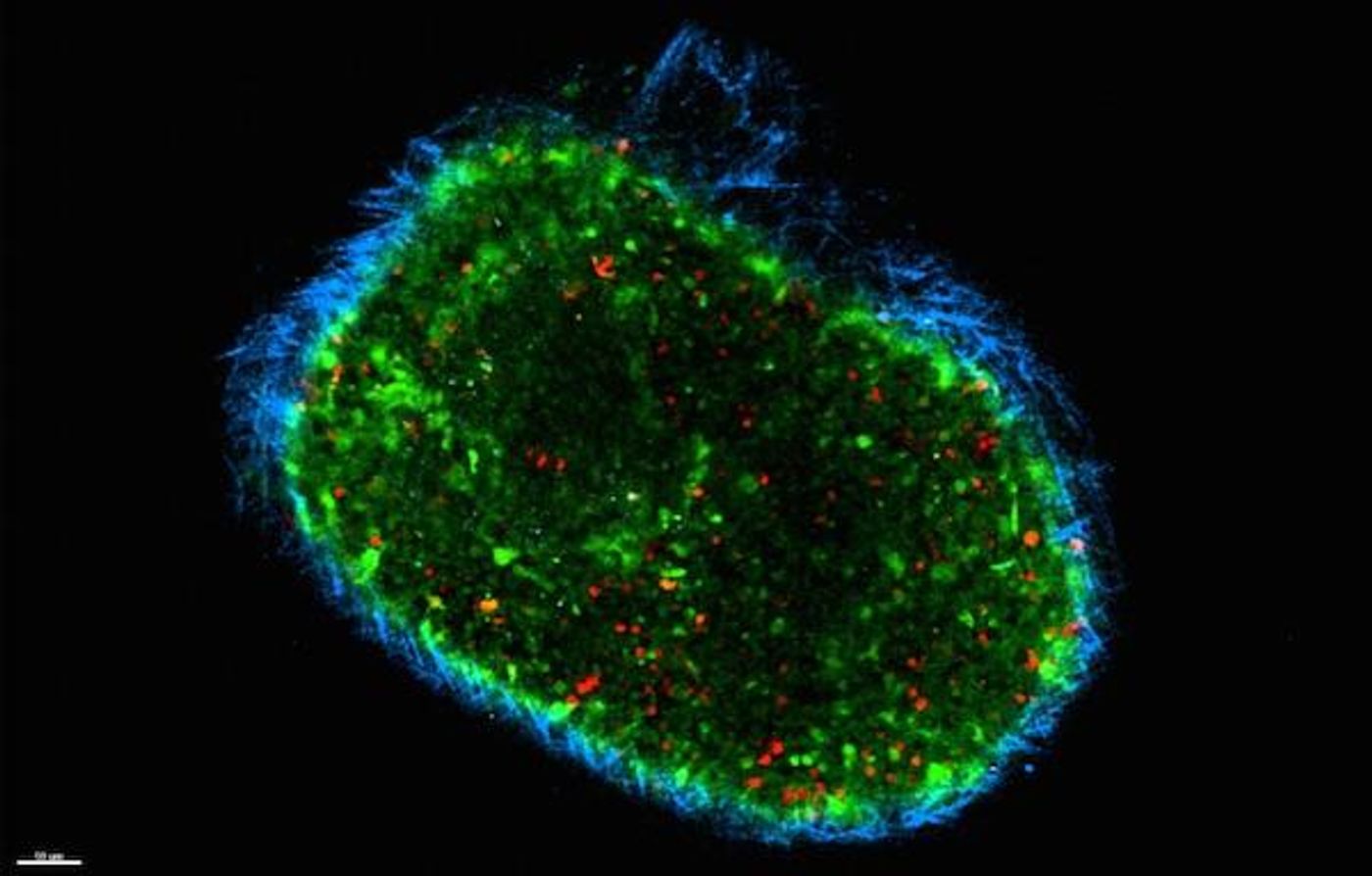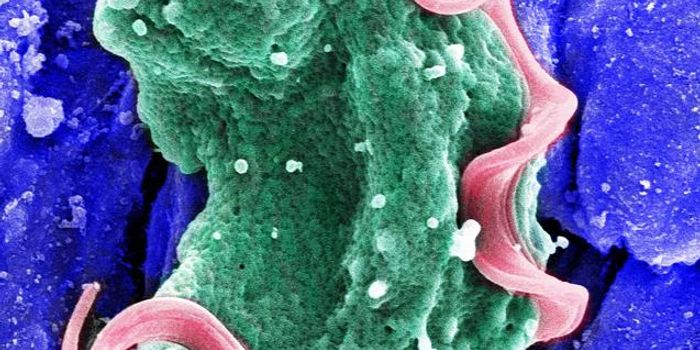On-the-Go T Cells Better Equipped to Kill Tumor Cells
The main idea behind immunotherapy as an anticancer approach is to equip the human immune system with the tools it needs to fight cancer on its own, and enhancing the body’s natural strategies is often an effective method. Recently, scientists from the Garvan Institute of Medical Research found another natural strategy to improve on: T cell migration from tumor to tumor.
There are so many types of cancer that sometimes a cure or complete prevention plan seems beyond our reach. However, what the many types of cancer have in common is what almost always ultimately causes death in cancer patients: metastasis. If T cells can be be trained to follow the tumor even as it metastasizes to different tissues in the body, cancer, even late-stage cancer, wouldn’t seem so daunting.
"We know that T cells and other immune cells accumulate inside tumors, but until now we've known very little about what happens next. How does the environment within the tumor change the cells? Do they leave the tumor? Which types of immune cells leave? Where do they go, and why?" asked lead research Dr. Tatyana Chtanova.
Chtanova and the team from the Garvan Institute used a strategy called “photoconversion” to observe the movement of T cells during an anticancer attack. Mouse cells were labeled with a green fluorescent compound that makes them appear red when researchers shine light on a tumor, indicating which cells made the journey into the tumor and which did not.
"We saw immune cells leaving the tumour and moving into lymph nodes - and, importantly, we could see immune cells moving out of one tumour and into another, distant tumour,” Chtanova described.
Interestingly, the types of cells going in and the cells going out were different. T cells were more likely than other cells to leave a tumor and travel to either the lymph nodes or another tumor site, specifically CD8+ effector T cells. This makes sense, Chtanova says, because these T cell subtypes “promote tumor destruction.”
Their second observation is all the more promising: T cells leaving the tumor to travel somewhere else were more activated, with “stronger cytotoxic activity” compared to the cells that stayed put.
"Within the tumor, these T cells are acquiring knowledge about the cancer that helps them to seek and destroy tumor cells,” Chtanova explained. “It's possible that these T cells 'on patrol' are using their new-found knowledge to attack cancerous cells in the second tumor."
The next logical step is this: if effector T cells leaving the tumor to fight cancer elsewhere are better at killing tumor cells, there should be a way to maximize the number of T cells traveling to multiple destinations in the body.
The present study was published in the journal Proceedings of the National Academy of Sciences (PNAS).









